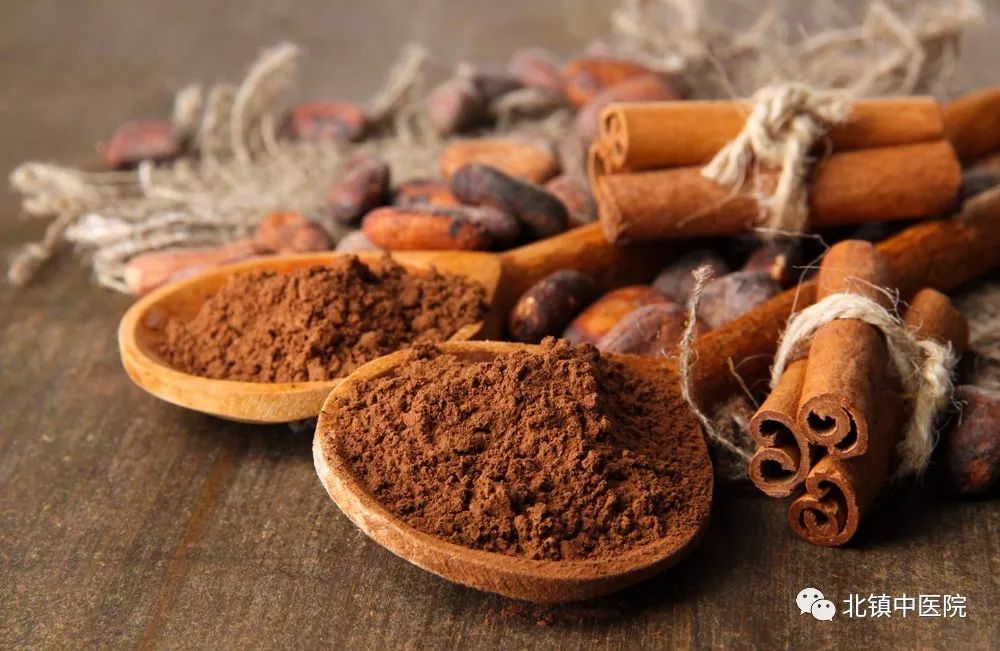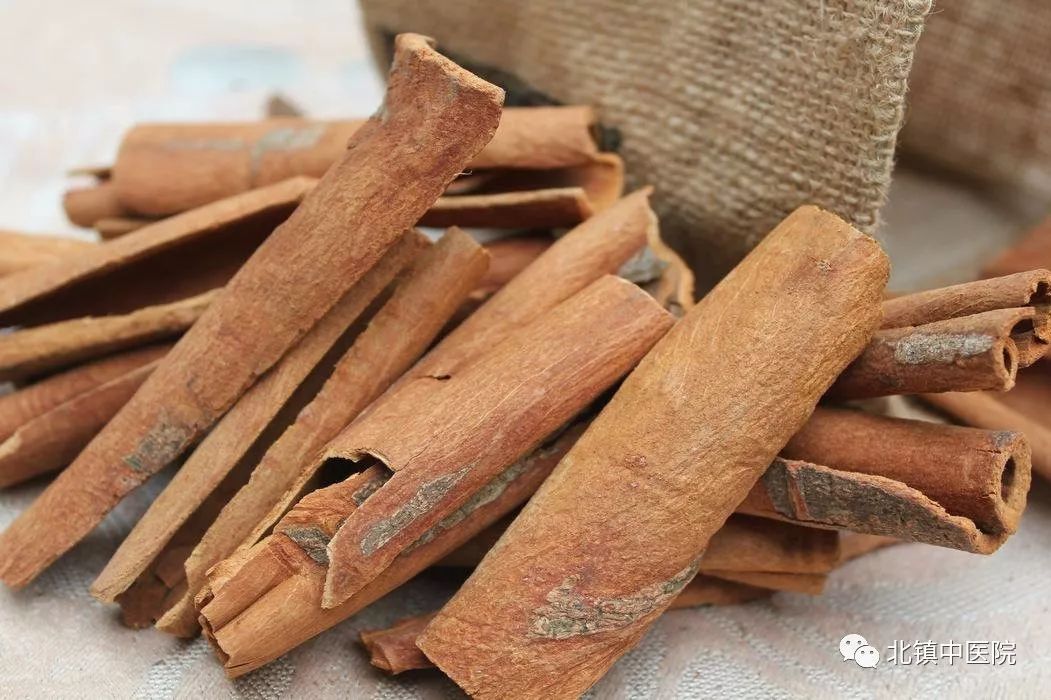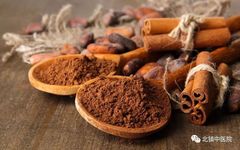Cinnamon Bark (Rou Gui)
CINNAMOMI CORTEX
Source
The dried bark of the plant Cinnamomum cassia Presl from the Lauraceae family.
Related Names
Jin Gui, Da Gui, Tong Gui, La Gui, Yu Gui, Mu Gui, Zi Gui, Gui Pi.
Habitat and Growth Environment
Grown in sandy soil or mountainous areas.
Distributed in Yunnan, Guangxi, Guangdong, and Fujian provinces.
Harvesting and Processing
Typically harvested in autumn, dried in the shade, impurities and rough bark are removed, and crushed for use.

Identification
The product is tubular or rolled, measuring 30-40 cm in length, with a width or diameter of 3-10 cm and a thickness of 0.2-0.8 cm.The outer surface is gray-brown, slightly rough, with irregular fine wrinkles and transverse raised pores, some may show gray-white spots;the inner surface is reddish-brown, slightly flat, with fine longitudinal lines, and shows oil marks when scratched. It is hard and brittle, easily broken, with an uneven fracture surface; the outer layer is brown and rough, while the inner layer is reddish-brown and oily, with a yellow-brown line pattern between the two layers. It has a strong aroma, with a sweet and spicy taste.
Properties and Channels
Pungent, sweet, and very warm.Enters the Kidney, Spleen, Heart, and Liver meridians.
Functions
It has the effects of warming the Yang, guiding fire back to the source, dispersing cold, alleviating pain, and warming the meridians.

Indications
Used for impotence due to cold in the palace, cold pain in the lower back and knees, cough due to Kidney deficiency, floating Yang, dizziness with red eyes, cold pain in the heart and abdomen, cold vomiting and diarrhea, cold hernia abdominal pain, and dysmenorrhea with amenorrhea.
Pharmacology
① Effects on the central nervous system
② Antihypertensive effects
③ Preventive effects against schistosomiasis
④ Other effects
Precautions
Contraindicated in cases of Yin deficiency with excess fire, internal heat, blood heat leading to bleeding, and in pregnant women.
Editor: Science and Education Department



